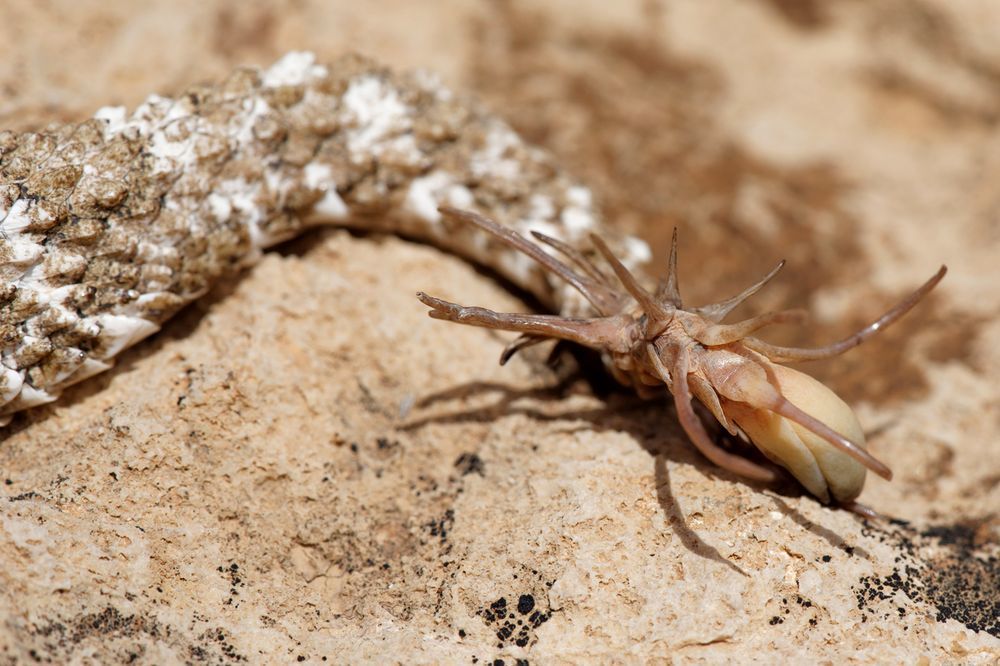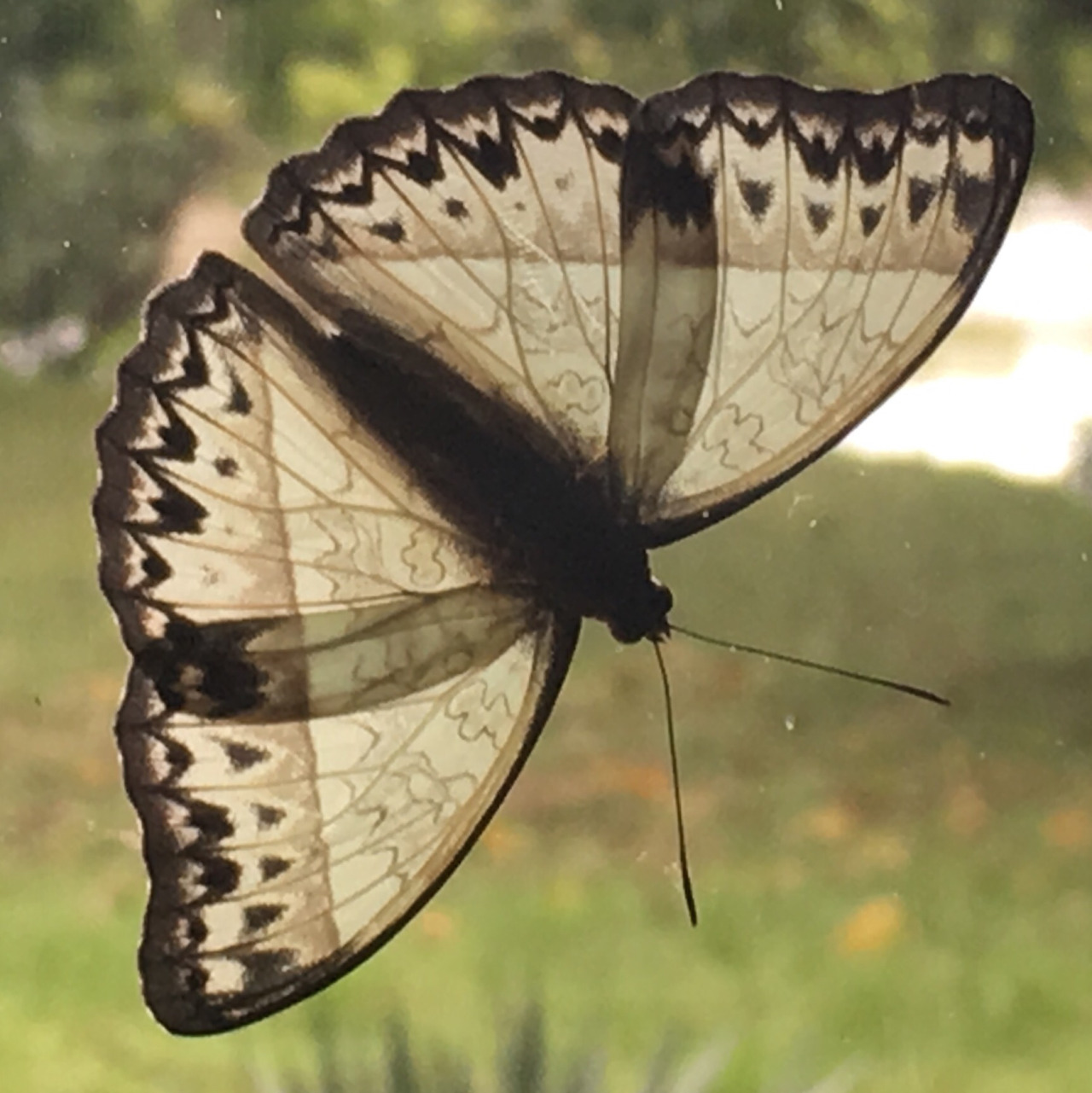Observation of the Week, 8/4/16

This Antarctic Minke Whale, seen by @clinton in Auckland, New Zealand, is our Observation of the Week!
“I fully expected that we would have to euthanize the animal as it was in a very unusual location for that species (i.e. stuck on a tidal flat well up a very busy harbour) and its height on the flat meant it had to have been there for some time,” recalls Clinton Duffy, a Technical Advisor-Marine, in the Marine Ecosystems Team, New Zealand Department of Conservation. “However, we were surprised to find the animal was calm and very alert, and in good condition with no external signs of injury.”
Trained volunteers from Project Jonah had already been on the scene, managing spectators and stabilizing the whale. As the ride rose, Clinton and two others (Yuin Kai Foong and Dr. Rochelle Cosntantine) stayed with the whale as the crowds dispersed. The whale was walked into deeper water, submerging then surfacing for breath. “This went on for about 40 minutes during which time a boat load of volunteers arrived in wet suits and were able to help keep the whale upright. Then suddenly, without any warning the whale began swimming at speed towards the main channel.” They followed it in boats in an attempt to steer it out to sea, but it eventually disappeared. “Hard to believe you could lose an animal that size. I think we all expected it to turn up on another mudflat on the next tide but it was never seen again. All in all it was a good result,” he says.

Cetaceans (whales and dolphins) strand for many reasons, such as illness, age, navigational errors, and noise pollution from sonar. Sometimes mass strandings occur, and it’s thought to be caused by the intense social bonds in some species - a few may strand, then send out alarm signals to others, who also get caught ashore. According to Project Jonah, New Zealand has one of the highest stranding rates in the world, averaging about 300 per year. Antarctic Minke Whales are the third smallest baleen whale species in the world, with females averaging about 29.2 ft in length and males 28.2 ft in length. Their relatively small size made them unattractive to the whaling industry and it wasn’t until the 20th century that some were commercially hunted, mainly for their meat, and thus Antarctic Minke Whales are now among the most numerous of baleen whales, with population numbering in the hundreds of thousands.
“A lot of my work involves the investigation and establishment of marine protected areas,” says Clinton. “I have a broad in interest in marine biodiversity but I am particularly interested in the biology of sharks and rays.” His current research interests include the movements, habitat use and population size of Great white sharks, and he’s also interested in spurdogs and smoothhounds in the South Pacific. As a child he spent many holidays in a small beach house on the Wairaparapa Coast, and was interested in the flora and fauna he found there. “Not many people were able to tell me the names of the plants and animals I found or caught so I had to teach myself using whatever books I could find or was given."
Clinton considers himself a fairly new iNaturalist/NatureWatchNZ (iNat’s sister site in New Zealand) user, but he’s already found several interesting observations that might be records for New Zealand, which he’s passed on to other scientists. “Beyond that,” he says, “I am considering starting a project focussed on sharks and rays occurring in the South Pacific to see if we can generate better information on potentially threatened species in the region, and I would like to begin others devoted to the fauna and flora of the Waitemata and Manukau Harbours, here in New Zealand.”
- by Tony Iwane
- National Geographic shows a close encounter with an Antarctic Minke Whale in...Antarctica.
- A classic YouTube video shows two divers having a very close encounter with two baleen whales. Yikes!
- If you find a stranded whale or dolphin, it’s best to call experts, as helping such large animals can be dangerous for both you and the animal. Here’s a list of contacts for the U.S.












